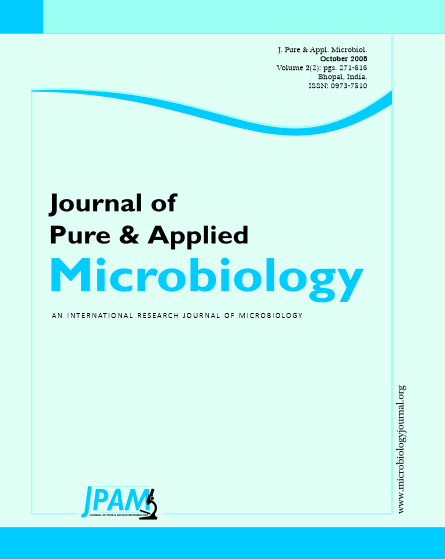The present study deals with the screening of microorganisms for azo dye degradation. The bacteria and fungi were isolated from soil and effluent samples collected from different sites in Sanganer, Rajasthan and were screened for their degradation potential along with 14 isolates of Aspergillus (previously isolated from Banasthali University agricultural soil), on 3 commonly used azo dyes, viz., congo red, methyl orange and methyl red. Eleven bacterial isolates (5 Gram positive and 6 Gram negative) and 4 fungal isolates (2 Aspergillus sp. belonging to niger group, A. ochraceous and A. flavus) obtained from the dye affected soil and effluent samples and A. niger, A. japonicus, A. aculeatus, A. foetidus and A. purpurogenum from the agricultural soil showed dye decolourization activity. Bacterial isolates 2 and 4 showed 83-94% degradation, whereas, fungal strains A. japonicus and A. aculeatus showed 95-98% of decolourization of all the 3 dyes studied. The activity shown by the referred bacterial and fungal strains was more than Pseudomonas putida, the reference strain. The dye removal was achieved by both biodegradation as well as bisorption processes. In general, fungal isolates were more efficient dye degraders than bacterial isolates.
Azo dye, Sanganer, congo red, methyl orange, methyl red, biodegradation
© The Author(s) 2008. Open Access. This article is distributed under the terms of the Creative Commons Attribution 4.0 International License which permits unrestricted use, sharing, distribution, and reproduction in any medium, provided you give appropriate credit to the original author(s) and the source, provide a link to the Creative Commons license, and indicate if changes were made.


